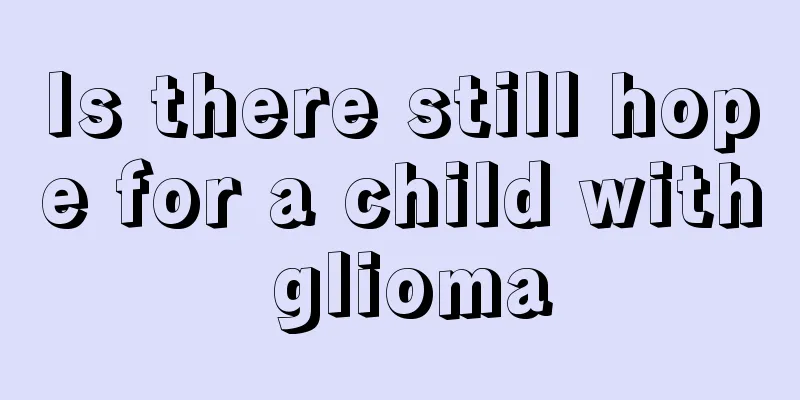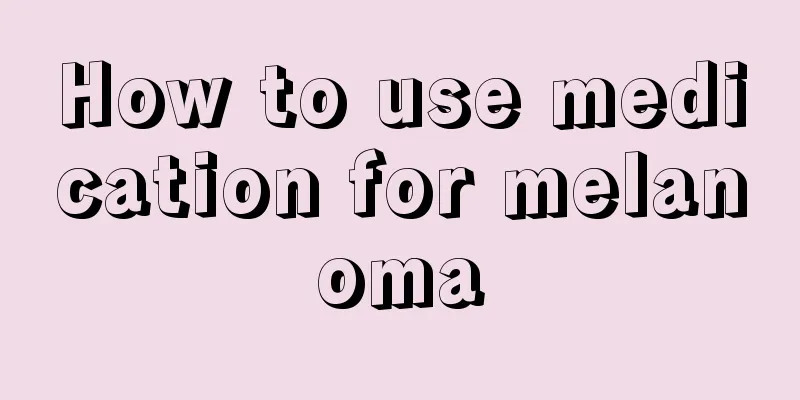Is there still hope for a child with glioma

|
There is still hope for treatment for children with glioma, but a scientific treatment plan needs to be chosen based on the severity of the disease, the grade and location of the tumor, and other specific conditions, including surgery, radiotherapy, chemotherapy, and supportive treatment. 1. Causes of glioma: Children's glioma may be related to genetic factors, environmental exposure and physiological changes. Certain genetic diseases such as Li-Fraumeni syndrome increase the risk of disease, and long-term exposure to high radiation environments may also induce it. Some studies have shown that abnormal brain development or immune dysfunction may also lead to the occurrence of glioma. 2. How to treat glioma: The main methods for treating gliomas currently include the following: 1. Surgical treatment: For resectable gliomas, surgery can minimize the tumor volume. Microsurgery combined with intraoperative navigation technology is usually used, and recommended surgical methods include "microscopic total resection" or "partial resection". 2. Radiotherapy: It is suitable for tumors that cannot be completely removed by surgery, or for postoperative adjuvant therapy. Common methods include intensity modulated radiotherapy (IMRT) or proton therapy to minimize damage to normal brain tissue in children. 3 Chemotherapy: Commonly used drugs such as temozolomide are suitable for high-grade gliomas, but attention should be paid to drug side effects. Combination chemotherapy with multiple drugs may improve efficacy. 3. Support in life: 1. Dietary support: focus on balanced nutrition, provide low-sugar and high-protein diet, and enhance the body's immunity. 2 Psychological support: In the face of illness, family companionship and psychological counseling can relieve the emotional stress of children and families, which is extremely important for recovery. 3 Rehabilitation training: Physical rehabilitation training can be arranged appropriately after surgery to restore nerve function and improve quality of life. 4. Prognosis assessment: The prognosis of glioma varies depending on the type and grade. Low-grade gliomas such as grade I and grade II have better treatment effects, while high-grade tumors such as grade III and grade IV are more difficult to treat. Early diagnosis and standardized treatment are the key to improving prognosis. Even if the child is diagnosed with glioma, there is still hope for treatment. Parents should take their children to the doctor in time to make a clear diagnosis, and cooperate with the doctor to develop an individualized treatment plan. At the same time, they should provide physical and psychological support to the child and face the challenges together. |
<<: What are the signs of brain cancer
>>: Early symptoms and signs of thyroid cancer
Recommend
What are the symptoms of rectal cancer
During the course of colorectal cancer, symptoms ...
What are the symptoms of melanoma in pregnant women
What are the symptoms of melanoma in pregnant wom...
Doctors remind: People who are prone to developing cancer usually have these 4 diseases, check yourself quickly
Aunt Lin was walking in the community park as usu...
What are the causes of chronic discoid lupus erythematosus
Discoid lupus erythematosus is also a type of lup...
The efficacy of tea seed cake for shampooing hair
Tea seed cake is a very common thing in rural are...
What should you pay attention to in your diet to prevent liver cancer? If you eat too much of this, you may get liver cancer
The traditional saying that "a man cannot li...
What medicine should I apply to my ears when they are frozen and itchy?
When winter comes, many people suffer from frozen...
What to do if herpes leaves scars after healing
Herpes is a skin disease with a relatively high i...
Can raw eggs and beer enhance sexual performance?
There is a folk remedy that raw eggs and beer can...
Half-court basketball rules
As the NBA is gaining more and more attention in ...
Experts analyze the therapeutic goals of three bone cancer treatment methods
The real cause of bone cancer is not very clear, ...
What are the symptoms of lung cancer? Four common symptoms of lung cancer patients
The early symptoms of lung cancer are not very ob...
Gallbladder cancer causes persistent high fever
If the patient has a persistent high fever, it is...
Is it normal not to have periods during breastfeeding?
During the process of childbirth, a woman's u...
What causes cervical cancer and fibroids?
The treatment of cervical cancer and fibroids req...









